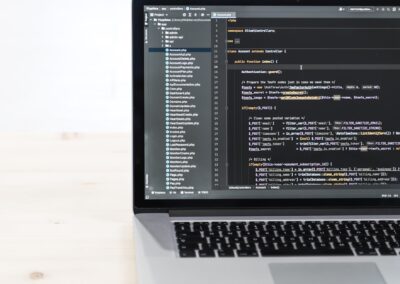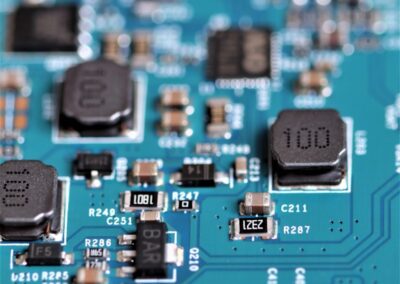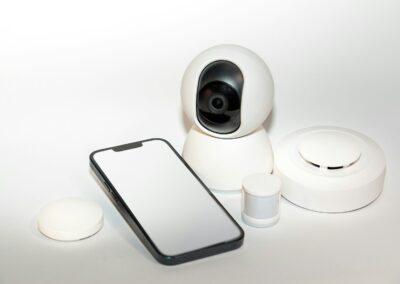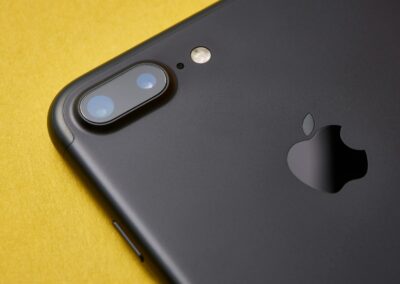Understanding the Challenges of Remote IoT Device Management
Security Vulnerabilities and Risks
The challenges of remote IoT device management are multifaceted, with security vulnerabilities being a primary concern. In an increasingly connected world, IoT devices are often deployed in diverse and distributed environments, making them susceptible to cyber-attacks. In regions like Saudi Arabia and the UAE, where technological advancements are rapidly embraced, ensuring the security of these devices is paramount. For instance, IoT devices used in smart city projects in Riyadh and Dubai must be protected against unauthorized access and data breaches. Implementing robust security measures such as encryption, authentication, and regular firmware updates can mitigate these risks. Additionally, adopting zero-trust security models ensures that only verified devices and users can access the network, enhancing overall security.
Scalability and Device Management
Another significant challenge in remote IoT device management is scalability. As businesses in Saudi Arabia and the UAE expand their IoT deployments, managing a growing number of devices becomes increasingly complex. For example, a logistics company in Dubai may start with a few IoT-enabled vehicles but eventually scale up to a large fleet, requiring a comprehensive management strategy. Modern solutions such as cloud-based IoT platforms can address scalability issues by providing centralized management and automated device provisioning. These platforms enable businesses to monitor, update, and manage all connected devices from a single interface, simplifying the scaling process and ensuring consistent performance across the network.
Interoperability and Integration
Interoperability is a critical challenge in remote IoT device management, especially when devices from different manufacturers and protocols need to work together seamlessly. In the UAE, where diverse IoT solutions are implemented across various sectors, ensuring that these devices can communicate and operate effectively is essential. For instance, in a smart building in Riyadh, IoT devices controlling lighting, HVAC, and security systems must integrate smoothly to provide a cohesive user experience. Modern solutions like middleware and API gateways facilitate interoperability by translating data between different protocols and enabling seamless integration. By adopting these solutions, businesses can ensure that their IoT ecosystems are flexible, scalable, and capable of incorporating new technologies as they emerge.
Modern Solutions to Overcome Remote IoT Device Management Challenges
Implementing Advanced Security Measures
To address the security challenges of remote IoT device management, businesses must implement advanced security measures tailored to the IoT environment. In Saudi Arabia and the UAE, where cybersecurity is a top priority, adopting multi-layered security approaches is essential. This includes using strong encryption protocols to protect data in transit and at rest, deploying intrusion detection and prevention systems (IDPS), and conducting regular security audits. For instance, a healthcare provider in Dubai using IoT devices for patient monitoring can implement these measures to safeguard sensitive patient data. Additionally, employing AI-driven security solutions can help detect and respond to threats in real-time, providing an added layer of protection for IoT networks.
Leveraging Cloud-Based IoT Management Platforms
Cloud-based IoT management platforms offer a scalable and efficient solution for managing remote IoT devices. These platforms provide centralized control, allowing businesses in Riyadh and Dubai to monitor and manage their IoT deployments from anywhere in the world. Features such as automated device provisioning, real-time monitoring, and remote firmware updates simplify device management and enhance operational efficiency. For example, a smart agriculture project in Saudi Arabia can use a cloud-based platform to monitor soil conditions, weather data, and crop health across multiple locations. This centralized approach ensures that all devices are up-to-date and functioning optimally, reducing downtime and maintenance costs.
Enhancing Interoperability with Middleware Solutions
Middleware solutions play a crucial role in enhancing interoperability in remote IoT device management. These solutions act as intermediaries, enabling communication between devices with different protocols and ensuring seamless data exchange. In the UAE, where smart city initiatives involve a wide range of IoT devices, middleware solutions can simplify integration and improve overall system performance. For instance, a transportation authority in Dubai can use middleware to integrate IoT sensors, GPS trackers, and traffic management systems into a cohesive network. By facilitating interoperability, middleware solutions enable businesses to create flexible and scalable IoT ecosystems that can adapt to evolving technological landscapes.
Conclusion
The challenges of remote IoT device management are significant but not insurmountable. By understanding these challenges and adopting modern solutions, businesses in Saudi Arabia and the UAE can effectively manage their IoT deployments and achieve long-term success. Implementing advanced security measures, leveraging cloud-based IoT management platforms, and enhancing interoperability with middleware solutions are key strategies for overcoming these challenges. As the IoT landscape continues to evolve, businesses that embrace these solutions will be better positioned to harness the full potential of IoT technology, driving innovation, efficiency, and growth in their respective industries.
—
#RemoteIoTDeviceManagement #IoTChallenges #ModernIoTSolutions #SmartTechnology #BusinessEfficiency #IoTSecurity #IoTScalability #SaudiArabia #UAE #Riyadh #Dubai































